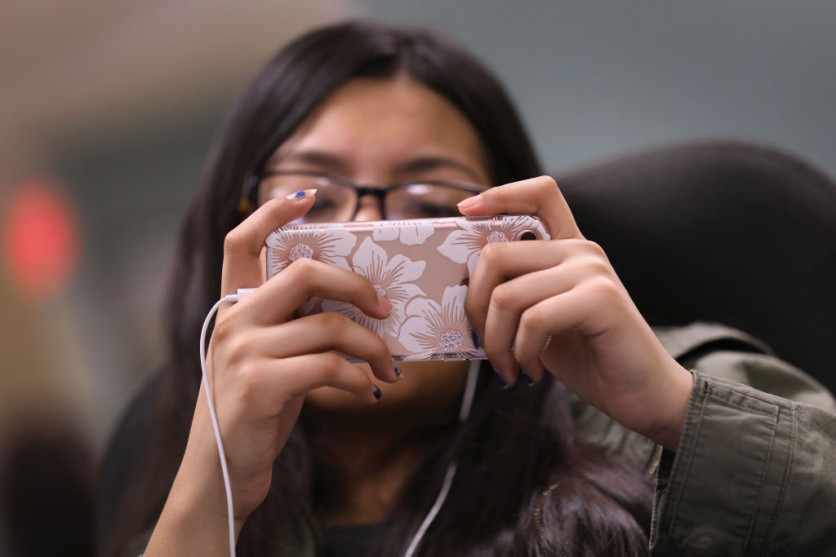
Just when you think Phone Photography can't get any better.
Oh how far we've come!
ⓒ 2025 TECHTIMES.com All rights reserved. Do not reproduce without permission.
Join the Discussion

Just when you think Phone Photography can't get any better.
ⓒ 2025 TECHTIMES.com All rights reserved. Do not reproduce without permission.